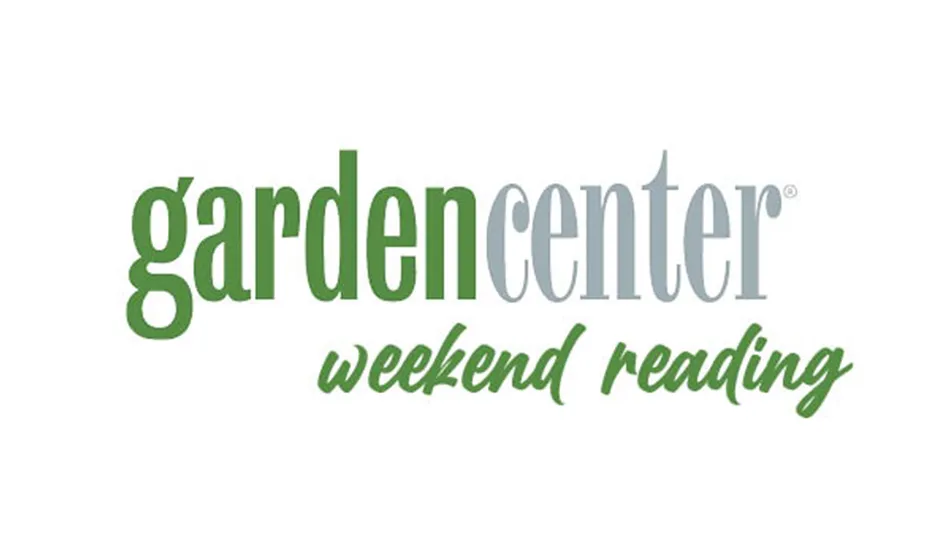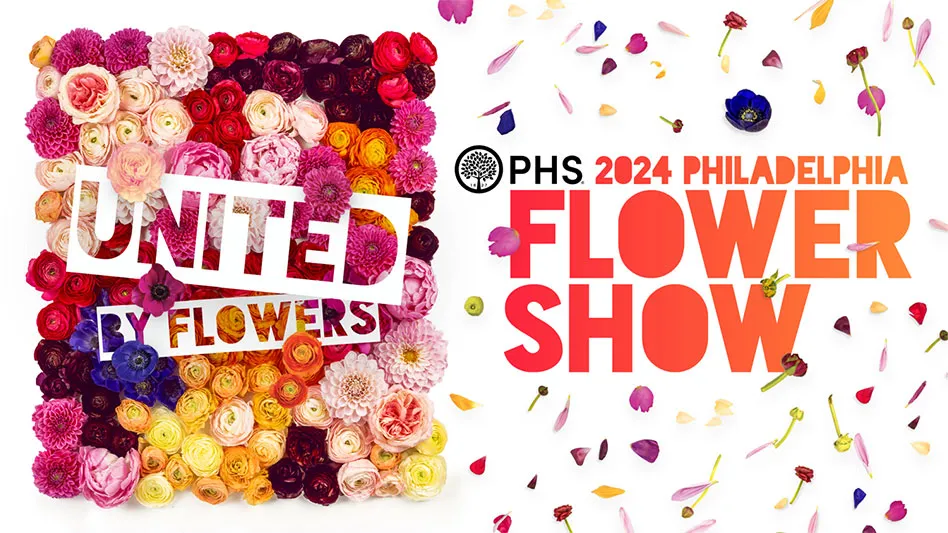
 We generally care about how we look, at least when we’re in public. What we wear affects how people perceive us and impacts how we feel about ourselves. Likewise, a good-looking, well-fitting uniform that employees like to wear can increase their self-esteem and improve their attitude. Uniforms can support your brand and improve your customers’ experiences. Everyone can benefit from employee uniforms.
We generally care about how we look, at least when we’re in public. What we wear affects how people perceive us and impacts how we feel about ourselves. Likewise, a good-looking, well-fitting uniform that employees like to wear can increase their self-esteem and improve their attitude. Uniforms can support your brand and improve your customers’ experiences. Everyone can benefit from employee uniforms.
What’s a uniform?
What constitutes a uniform depends on the industry and your company’s brand. A uniform can really be any garment or accessory that helps a customer quickly identify a staff member. If you’re greeting guests at the entrance to the Ritz-Carlton Hotel, your uniform would include a suit and tie and a traditional doorman's hat. If you’re in a big box store, it could simply be an apron. In the green industry, a typical uniform would likely include a shirt and accessories, such as an apron or name badge.
Shirts can be as dressy as a button-down shirt if an employee has a “clean” job, or as casual as a knit shirt or T-shirt. A uniform shirt eliminates worn T-shirts and inappropriate, possibly offensive, graphic tees from being worn at work.
An apron is a cost-effective accessory to provide to employees when they arrive for work and something that can left behind at the end of the day. Aprons help to ensure employees don’t forget to wear their uniform.
You are responsible for ensuring the aprons are clean and in good repair, which helps you maintain your staff’s professional appearance.
Pants as part of a uniform may not make your list, as jeans and shorts are likely the norm. Although, you may consider adding to your dress code that jeans must be in good repair and properly fitting. If an employee has a relatively clean job, khaki pants may be in order. If you allow employees to wear shorts, consider clarifying appropriate color and style, such as khaki with no cargo pockets.
Uniforms reflect a your brand
When you hear the word “brand,” you likely think of your logo, business card, website, collateral materials and advertisements. How your employees are presented to your customers also enhances your company’s brand. Uniforms communicate professionalism and can improve your customers’ experience. Smaller companies can be perceived to be larger and well established when employees wear uniforms.
When you see that gentleman holding the door open for you at The Ritz-Carlton, you immediately know this is a luxury hotel. You have an expectation of what your experience is going to be. As you enter a fast food restaurant and see red, orange and yellow uniforms, you are also being lead into a brand experience.
 The uniform style should enhance your brand. Is your garden center serving high-end customers where knit shirts may be best, or is it a more casual environment where a customer would expect to see T-shirts?
The uniform style should enhance your brand. Is your garden center serving high-end customers where knit shirts may be best, or is it a more casual environment where a customer would expect to see T-shirts?
A research study looked at a number of industries in which uniforms are common, such as auto repair, construction, agricultural products and other similar industries. It concluded that many businesses in their respective industry felt uniforms are an effective addition to the marketing mix.
Uniforms are walking billboards. Your company logo should be prominently printed or embroidered on the front, depending on the shirt. There’s nothing wrong with a logo that fills both the front and back of a T-shirt.
Or consider printing the company’s logo on the front and your tag line on the back. Additional copy on the back could encourage customer interaction, such as “Ask me if you need assistance,” “I’m happy to help,” or “Have a question? Ask me!” It may reinforce the message among your staff.
Different perspectives
Have you ever stood in the aisle of a store, desperate to find a human that works there, and thought to yourself, “Is that woman an employee or a customer? I can’t tell.” It’s frustrating.
Ultimately, uniforms are about giving your customers what they want: service. Customers want to be able to quickly find a competent employee who looks professional. Uniforms make it much easier for customers to instantly identify staff.
Another study looked at uniforms from employees’ perspectives and found that in the hospitality industry, the style of a uniform had a positive impact. Employees who enjoyed wearing their uniform felt they performed better, and had a better attitude about their work and higher levels of job satisfaction.
Good-quality, well-accepted uniforms can give employees greater confidence in customer interactions, and, like a sports team, can promote a sense of comradery.
Involve employees in the process of selecting a uniform. You want their opinions to ensure uniforms are functional and comfortable. This is also an opportunity to discuss with your staff why you’re instituting uniforms as an extension of your brand and to create a better customer experience.
Uniforms also make deciding what to wear to work significantly easier.
Choosing a uniform
There are three considerations when selecting a uniform: appearance, fit and function.
Dressing for Disney Disney uses uniforms or “costumes” for wayfinding—helping guests find their way around the Walt Disney World properties and identify where they are. Consider Epcot. Cast members in any of the countries represented wear costumes reminiscent of that nation. Costumes are part of the décor. While at Epcot several years ago, I couldn’t remember what the acronym Epcot stood for, so I asked a couple cast members. I got them to open up about their experience working at a Disney property. The young lady started to make a comment, then quickly stopped herself. She was apparently about to break a cast member code of conduct and say something that should never be said to a guest. Now I really wanted to know what she had to say. I jokingly cajoled her to share. Behind Mickey’s back, cast members used the acronym Epcot to describe their uniforms: Experimental Polyester Costumes of Torture. Lesson learned? Uniforms can clearly impact an employee’s comfort, which can impact their attitude! And despite that, every cast member wears a permanent smile, a significant part of their uniform and the Disney experience. |
Colors have underlying attributes we all pick up on without knowing it. Consider again the uniform in a fast food restaurant. Red draws attention and creates excitement. Yellow causes people to pause and feel happy, two reactions the restaurant is hoping to create. UPS found that brown connotes reliability, which is perfect for a delivery company. It’s not surprising to find that landscape companies and garden centers often choose green, as it’s calming, reflects nature, and suggests growth and fertility.
Consider your current brand colors when selecting a uniform color. You also want to ensure your color choice makes your staff stand out.
If your brand color is dark blue, for example, maybe a complementary lighter blue T-shirt would work and help customers easily spot staff. Dark blue ink can be used for printing.
Ensure the style and fit of a uniform don’t imped an employee from doing their work, especial when moving, hauling, and lifting are integral to their job. If a uniform fits poorly—baggy, tight or generally uncomfortable—nobody’s going to like it, and that can translate into employees feeling self-conscious and less confident working with clients.
The uniform needs to fit appropriately for both men and women. This is especially true for knit shirts. Ask a female employee who has ever worn a men’s knit shirt how they felt about it. There are knit shirts tailored for women.
Consider whether a uniform can help an employee do their job better. If they regularly carry items such as pruners, plant tags, pens, or other items, maybe an apron with a couple of large pockets would work best.
The fabric should be durable enough to withstand daily wear and tear, and easy to wash and dry. You may consider a stain-proof fabric to help maintain clean uniforms over a long period of time.
Uniforms can elevate your garden center’s brand, be an effective addition to your marketing mix and improve customers’ experiences.
Employees benefit from uniforms in several ways that also impact customers’ experiences. There may well be a significant ROI on your investment in uniforms.
Dan is president of Perspective Communications, which helps businesses and nonprofits tell their stories with greater impact. www.perspectivemke.com

Explore the December 2014 Issue
Check out more from this issue and find you next story to read.
Latest from Garden Center
- Weekend Reading 5/17/24
- GardenComm 2024 Annual Conference registration is open
- Landmark Plastic celebrates 40 years
- Proven Winners introduces more than 100 new varieties for 2025
- Weekend Reading 5/10/24
- The Family Business, Part 2: Agreeing (and disagreeing) on capital investments
- Registration opens for Darwin Perennials Day
- Weekend Reading 5/3/24





